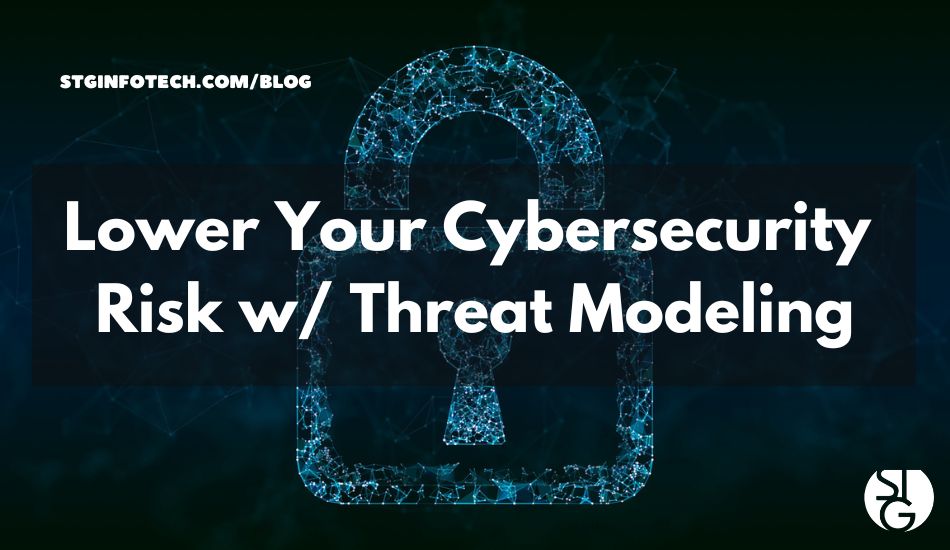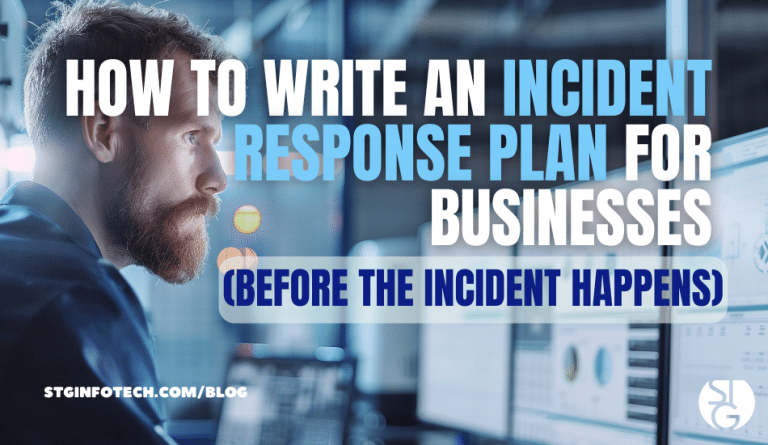As cyber threats continue to evolve, businesses must take preventive measures. They must safeguard valuable assets and sensitive data from cybercriminals. Threats to Data Security are ongoing and tend to come from various places. Here’s how to lower your cybersecurity risk using Threat Monitoring.
The offices of today are typically very digitally advanced. Almost every task relies on some kind of technology and data sharing. Unfortunately, hackers can break into these systems from a number of different entry points. This includes computers, smartphones, cloud applications, and network infrastructure.
It is reported that cybercriminals can access 93% of all business networks.
Threat modeling is one way that can help businesses defend themselves against these attacks. Threat modeling is a process employed by cybersecurity. It involves detecting any possible risks or vulnerabilities in the devices and systems of the business.
Threat modeling helps businesses prioritize their risk management and mitigation efforts. The intention is to lessen the risk of falling victim to a costly cyber incident.
Here are the steps businesses can take to perform a threat model.
Determine Which Assets Need Protection
The first step is to identify all assets that are important to the business. This includes any private information, intellectual property, or financial data. Anything cybercriminals might target.
Don’t forget to include resources linked to phishing. Meaning business email addresses. Business email compromise (BEC) is a fast-growing attack. It capitalizes on the breach of email logins.
Identify Potential Threats
The next step is to determine any potential threats to these assets. Cyber-attacks like phishing are one of these common threats. As well as malware, ransomware, and social engineering.
Another thing to consider is the physical breaches or insider threats you can face. This would mean employees and vendors that have access to insider information.
Keep in mind that some of these threats are not malicious. Approximately 88% of data breaches are due to human error. Therefore, be mindful of these error-associated dangers:
- Use of weak passwords
- Unclear cloud policies
- Inadequate employee training
- Non-existent BYOD policies.
Consider Likelihood and Impact
Once you identify the potential threats, follow this step. This is done in order to determine how likely and serious these risks are. Businesses need to know how likely it is for each of these threats to materialize. As well as how they could potentially affect business operations, reputation, and financial security.
Base the threat likelihood based on current cybersecurity statistics. Including a complete vulnerability assessment. It is better to have this performed by a reputable IT service provider. The average person might overlook something if they perform this assessment based solely on internal information.
Prioritize Risk Management Strategies
The next thing to do is set priority to your risk management plans. Consider the probability and consequences of each potential threat. Due to time and financial constraints, most businesses can’t do everything at once. Therefore, it’s crucial to order solutions according to their greatest impact on cybersecurity.
Regularly Monitor and Update the Plan
Threat modeling is a continuous activity. Cyber threats are ever-changing. Businesses need to check and update their threat models on a regular basis. This will make sure all security measures are effective. Along with aligning them to company goals.
Benefits of Threat Modeling
Threat modeling is crucial for lowering a business’s cybersecurity risk. It’s important to identify potential threats and weaknesses to their systems and assets. They can rank risk management solutions this way. Plus, it lessens the likelihood and consequences of cyber attacks.
Here are a few advantages of adding threat modeling to your cybersecurity plan.
Improved Knowledge of Threats and Vulnerabilities
Threat modeling helps businesses better understand the specific dangers they face. It reveals the weaknesses that can affect their assets. It can also help uncover the gaps in security.
Continuous threat modeling can help businesses stay ahead of upcoming dangers. Every day, new types of cyber risks emerge from artificial intelligence. Businesses that are complacent risk becoming targets for new attacks.
Affordable Risk Management
No one wants to spend money if they don’t have it. Addressing risk management will lessen the impact of an attack. It can optimize company security investments and make it possible to divide resources effectively and efficiently.
Company Alignment
Threat modeling can align security measures with company objectives. This can lessen the possibility of security measures having an adverse effect on business operations. It also aids in coordinating operations, objectives, and security.
Reduced Threat of Cyber Attack
Businesses can lower their risk by putting in certain risk management measures. The likelihood and impact of cyber events are included. This will safeguard assets and lessen the damage of a security breach.
Get Started with Comprehensive Threat Identification
Are you unsure where to start with a threat assessment? You can get help setting up threat modeling from our specialists. Get in touch to arrange a meeting.
If you’d like to learn more about what’s new in the tech world, follow our blog!
Click here to schedule a free 15-minute meeting with Stan Kats, our Founder, and Chief Technologist.
STG IT Consulting Group proudly provides IT Services in Greater Los Angeles and the surrounding areas for all your IT needs.





